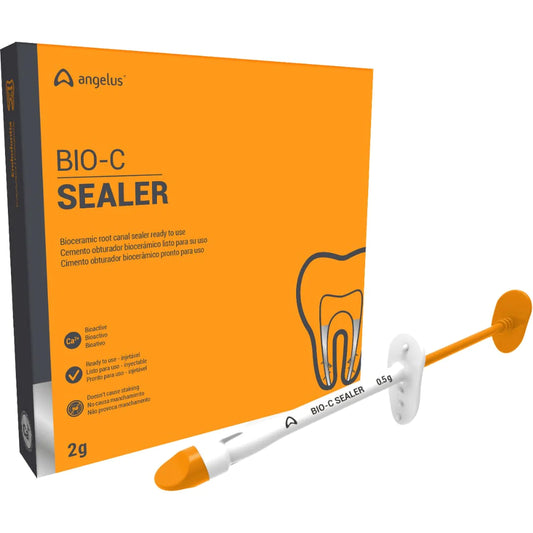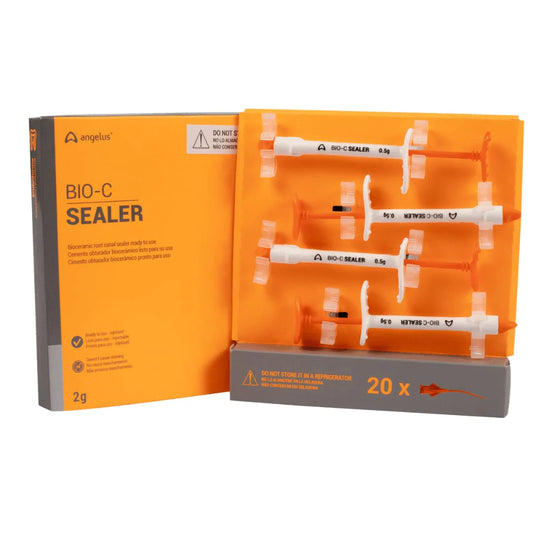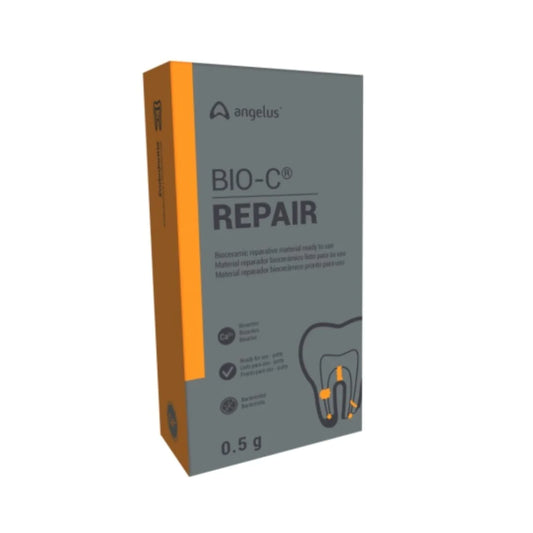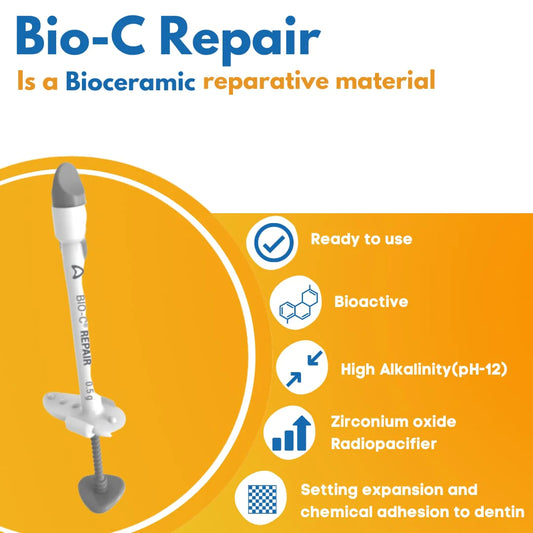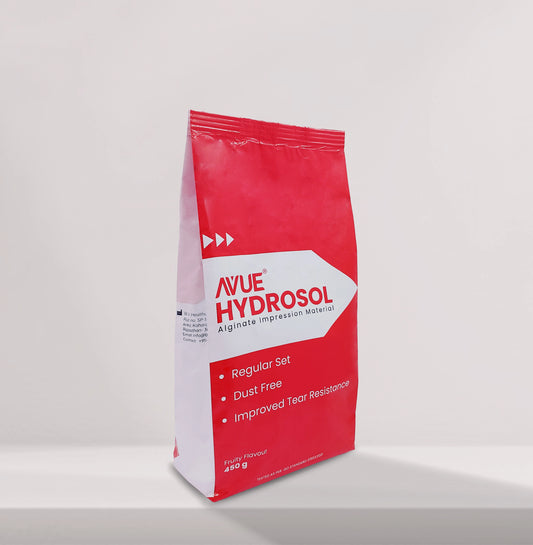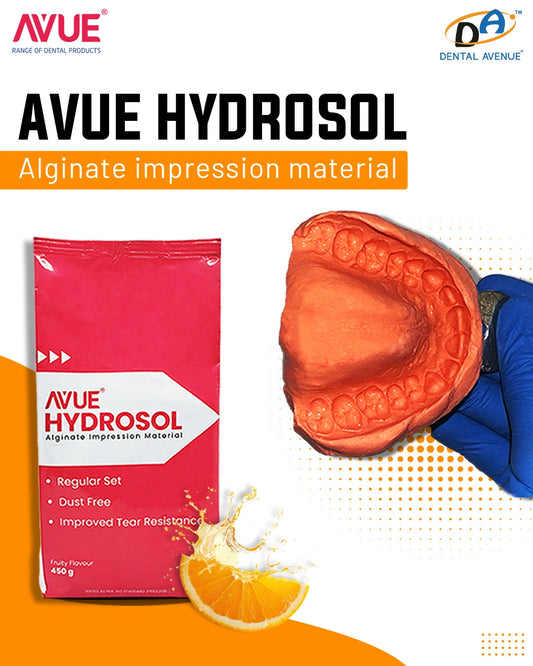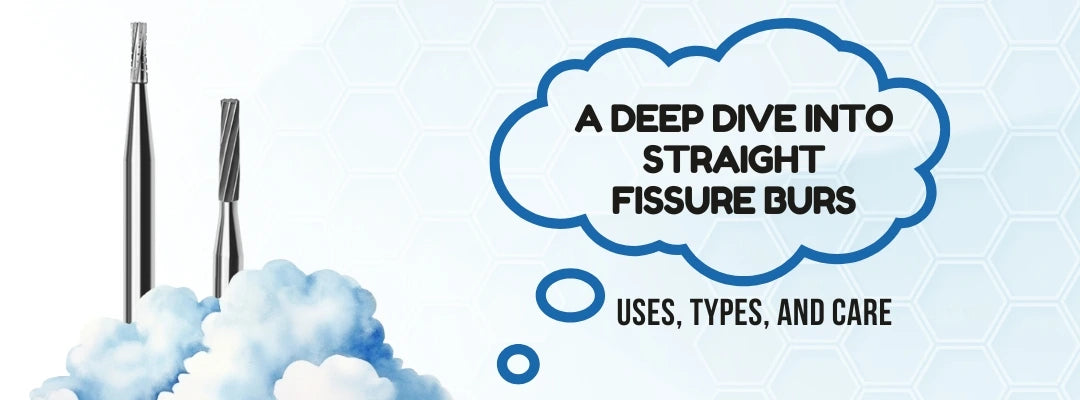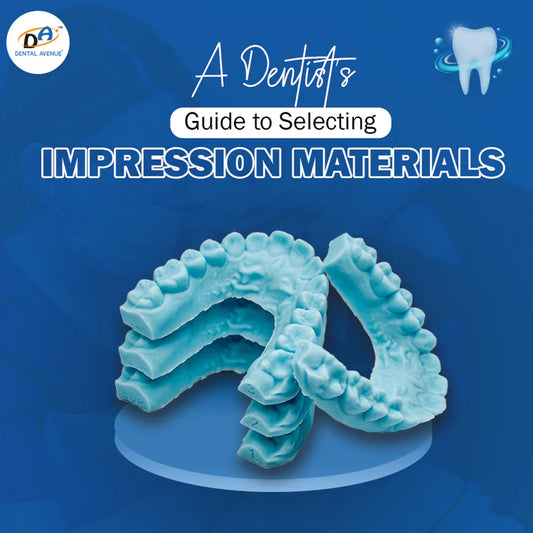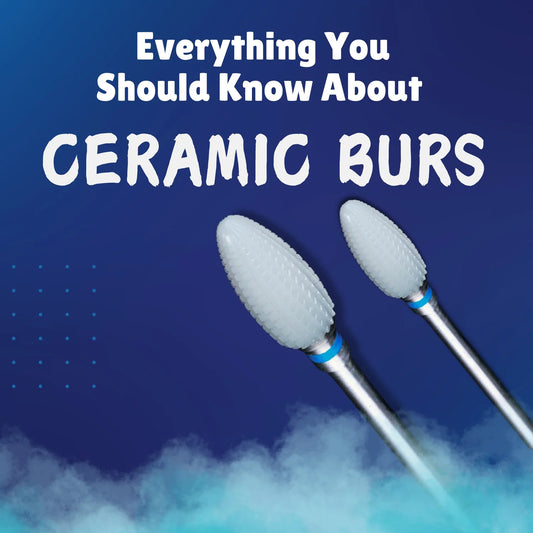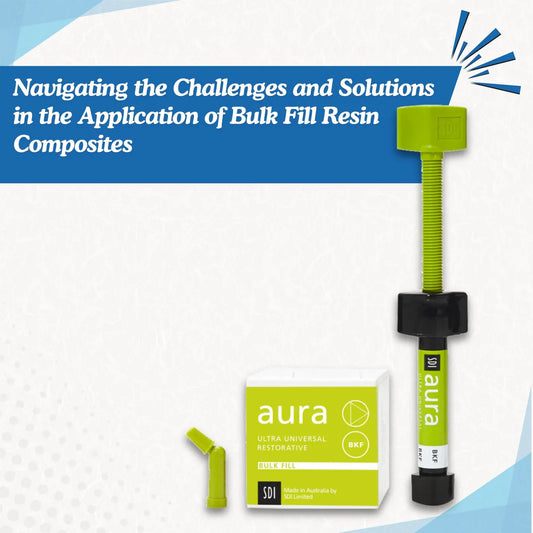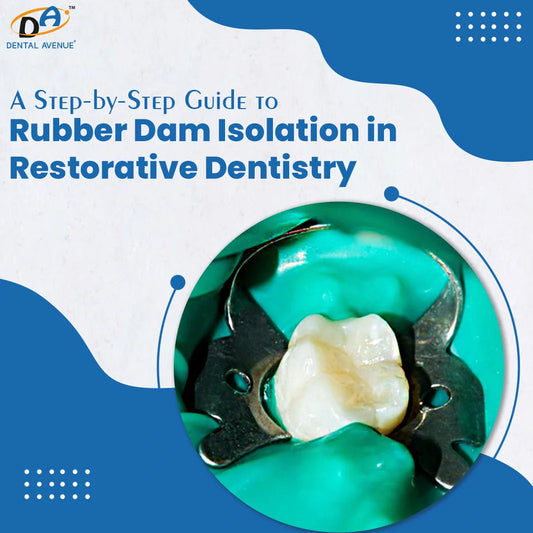In operative dentistry, dental burs are pivotal in achieving the best possible patient care and treatment outcomes. Its precision, efficacy, and efficiency are critical in performing day-to-day and complex procedures. Straight fissure dental burs are important in dental practice among the various dental burs available in the market. In this article, we will discuss the importance of straight fissure burs, their uses, and different types according to the dental procedures (how to choose the best ones) for better clinical outcomes and to ensure the comfort and safety of patients.
Uses of Straight Fissure Burs:
There are several different kinds of fissure burs. Straight fissure dental burs can be straight fissure plain-cut burs or straight fissure cross-cut burs. Both types are used to cut cavity preparation, form the inner walls of cavity preparation, and place retention grooves in the walls of the cavity preparation, these burs are also useful for sectioning of tooth during extractions. Straight fissure dental burs contain parallel lines that move in a diagonal form to the head. They are useful for creating parallel lines and flat floors during cavity preparation. The cross-cut burs have higher density which provides an efficient cutting and decreased friction and clogging. One of the major differences is the sides, as plain-cut burs usually have parallel sides, whereas parallel sides with horizontal cutting edges in cross-cut burs.
How to care for Straight Fissure Burs?
Dental burs are important tools used in dentistry, to maintain longevity, sharpness and functionality, it is important to take proper care of the burs. Here are a few steps to follow:
- Cleaning: cleaning of burs after every use to remove the debris or any buildups using any detergent with mild brushes.
- Sterilization: once the cleaning has been done, sterilization should be followed to prevent any infections, sterilization should be followed by autoclaving, dry heat sterilization or chemical solutions like disinfectants.
- Lubrication: lubrication of rotary instruments along with burs to maintain the longevity of burs by reducing the frictional heat and preventing any damage from it.
- Storage and inspection: storage of dental burs in proper conditions preventing direct exposure from sunlight and air-tight containers (bur blocks or cases) and regular inspection to check any signs of worn-out burs or rusted burs to prevent any dental injury.
- Handling techniques: it is important to follow basic rules like burs should be held with shanks and removed from the handpiece if not in use.
Difference between Straight Fissure plain cut burs and Straight Fissure Cross-cut burs:
The main difference between these two burs lies in their cutting surfaces;
Straight Fissure Plain-cut burs:
- These burs have straight shafts with parallel sides, and their cutting edges run parallel to the shaft.
- They are formerly used for cavity preparations, formation of inner walls of the cavity and placing retention grooves, removing old dental restorations or preparation for new restorative procedures.
- These are ideal for creating flat floors during cavity preparation
Straight Fissure Cross-cut burs:
- Straight Fissure Cross-Cut burs are similar to plain-cut burs with the only difference having horizontal cutting edges
- Their uses are the same as plain cut for cavity preparations, inner wall formations of the cavity and placement of retention grooves
- Its cutting edges have parallel sides along with horizontal cutting edges
Conclusion:
In modern dentistry, effectiveness along with the precision of dental treatment plays an important role, among the various dental tools, straight fissure dental burs hold an important place for their accuracy in a variety of clinical procedures. Dental practitioners can maximize the desired results in their clinical practice through the proper usage of tools to provide the maximum benefits and comfort to the patient by proper selection of burs, its applications and maintenance process. It is important to know the characteristics of each bur, acquiring technical expertise and guidance, and proper selection and handling of burs for longevity and constant performance.
FAQs:
Q. Can I use the same Bur for different materials?
- The endurance and cutting powers of the bur are affected by the hardness and wear resistance of various materials, such as carbide burs or diamond burs. Simultaneously, the forms offer distinct cutting profiles and angles, enabling you to precisely customise their application for activities, particularly those related to tooth preparation, restoration, or contouring
Q. What are the signs of a worn-out bur?
- Physical signs such as worn out burs like rusted ones, no sharp cutting edges, irregularities in the cutting surface of burs and efficiency like producing more noise while cutting, and vibrations while cutting dental surfaces also taking more time completing the dental procedures, sometimes patient may feel pain also, Damaged burs can damage the handpiece and cause pain to the patient. Inspect burs regularly and replace them as needed
Q. What are straight fissure burs used for?
- These are great for initial tooth reduction, in particular when you are trying to access cavities that are in tough-to-reach spots. Straight fissure dental burs provide clean cuts for defining cavity outlines and sectioning teeth, while tapered fissure burs are tailored for precise crown and bridge preparations, establishing exact geometric angles.

